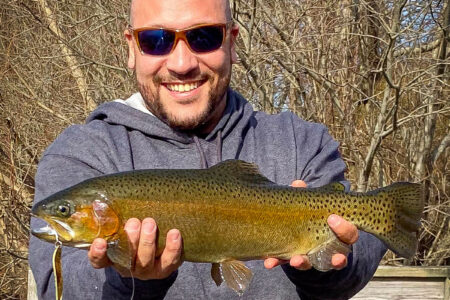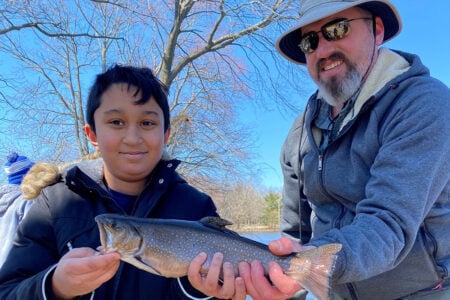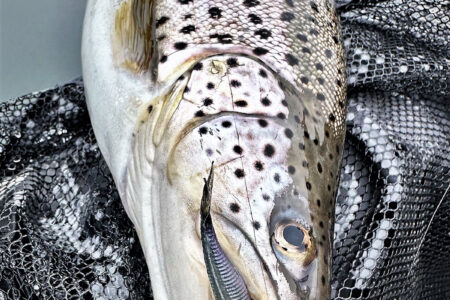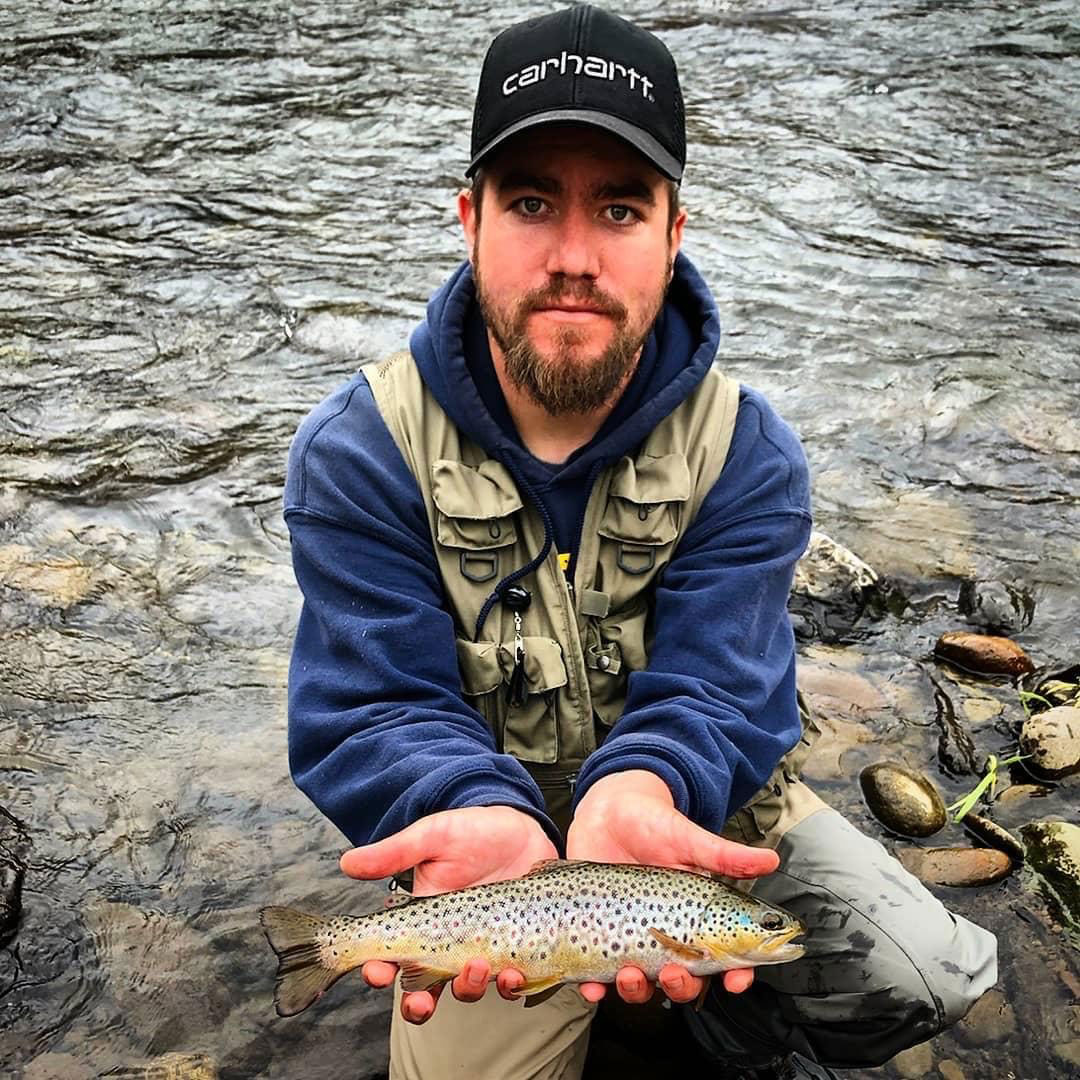
Pocono tactics applicable to trout fishing throughout the region.
With the holidays coming to a close and the cold of winter taking hold, it’s time to consider unwrapping a few of those presents in the presence of winter trout!
As I recently found out, you need not wait until early spring to get into some amazing trout fishing in that favorite stream of yours. Seasoned trout anglers already know the secret, mid-winter trout fishing can be the most challenging, yet rewarding time of year to wet a line.
Not too long ago I had the opportunity to fish with one of the tristate area’s great trout fishermen, Eric Gusztaw, who is former director at the Broadhead chapter of Trout Unlimited. Eric spends many of his days out in the creeks and streams of Northeastern, PA on the hunt for several species of trout. I was able to glean a few great tips from Eric to help us all get into some great fish, even in the cold of winter.
Cold Water, Hot Fishing
Fishing midwinter is an affordable way to get on a bite early season, as typical gear is nothing fancy. Most anglers use a light, short 5-foot fast action spinning rod and a spinning real spooled up with 4-pound mono. You could also go slightly larger and use a flouro leader as an option; in either case keep it simple, no need for high end gear for this style of fishing.
Since there is little insect life in these waters to feed on this time of year, trout need to be opportunistic and very competitive to score their next meal. Even in waters near freezing, I have seen trout chase and attack a lure very much like a largemouth would in the middle of summer! Trout thrive in cold water, and are adverse to warm; just the opposite of your typical freshwater fish like bass or crappie. This style of fishing is more off a reaction bite, just a fish taking advantage of anything swimming by as it may be some time between meals.
You can find both stocked and native trout almost everywhere in our region. Rainbow, brown, and brook trout inhabit most creaks and steams you will find. Like most fish, trout will look for ambush points in eddies, tail-outs, or next to a rock, tree stump, or anything else that can give them a predatory advantage for their next meal. Brown trout especially can be very territorial, so an angler can take full advantage of their aggression to land that trophy.
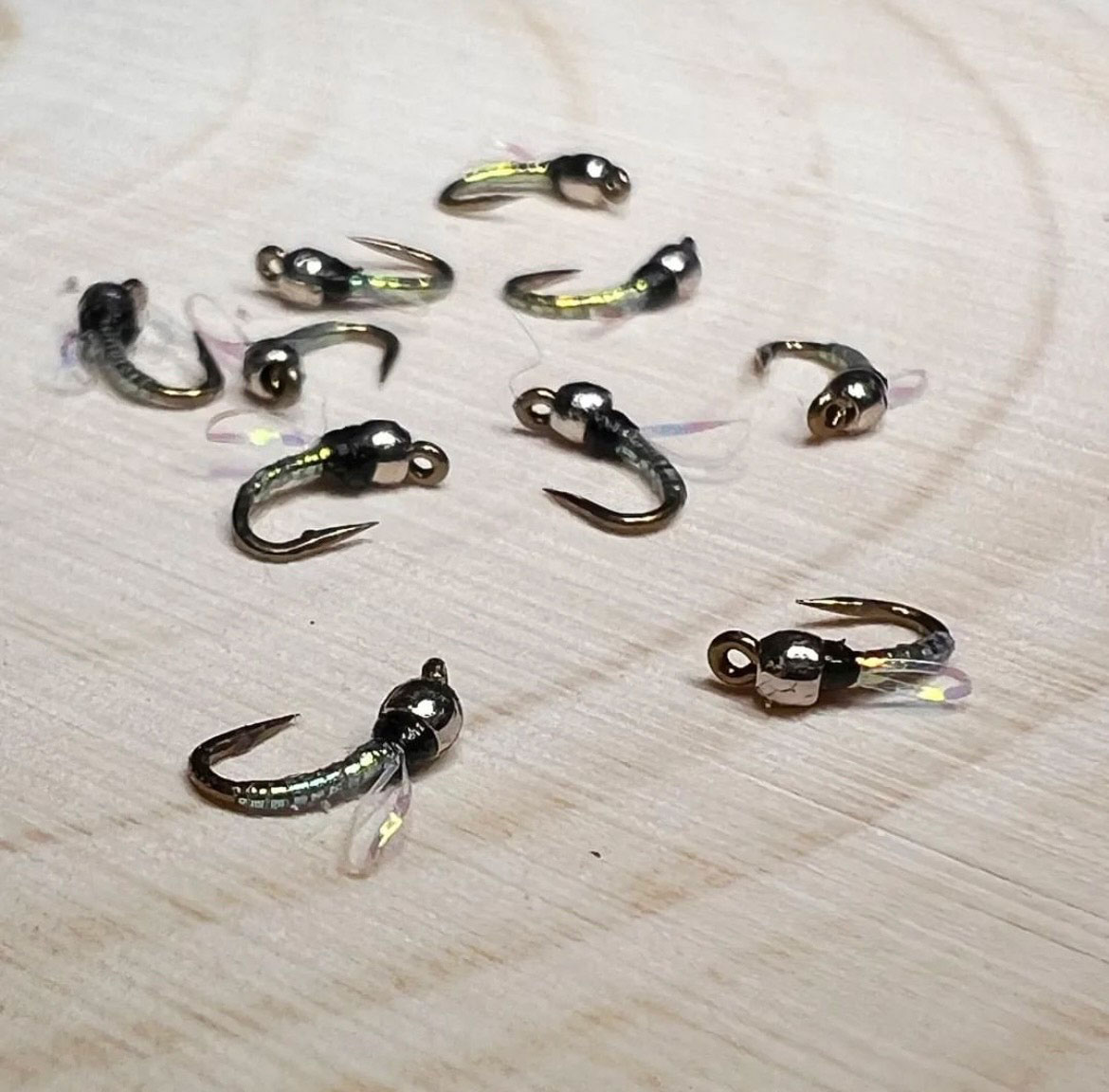
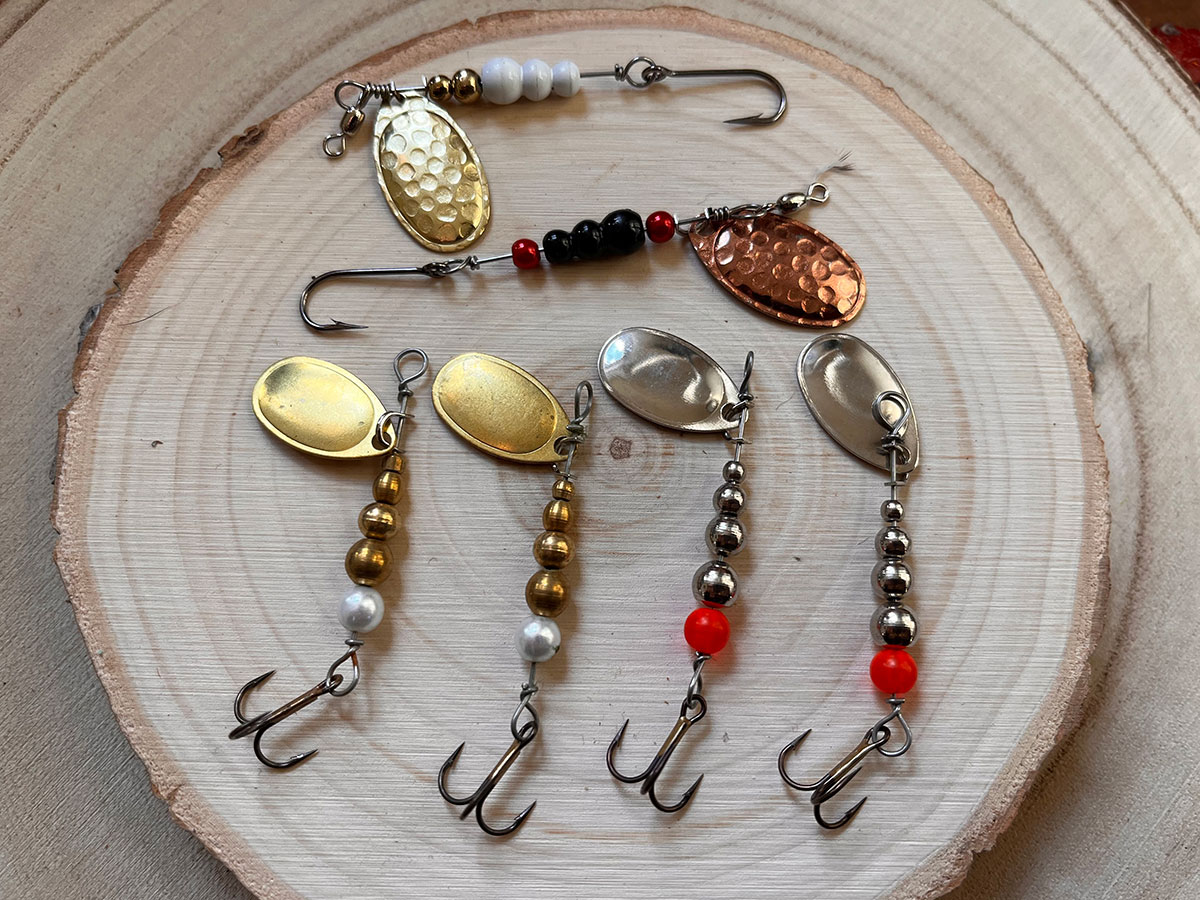
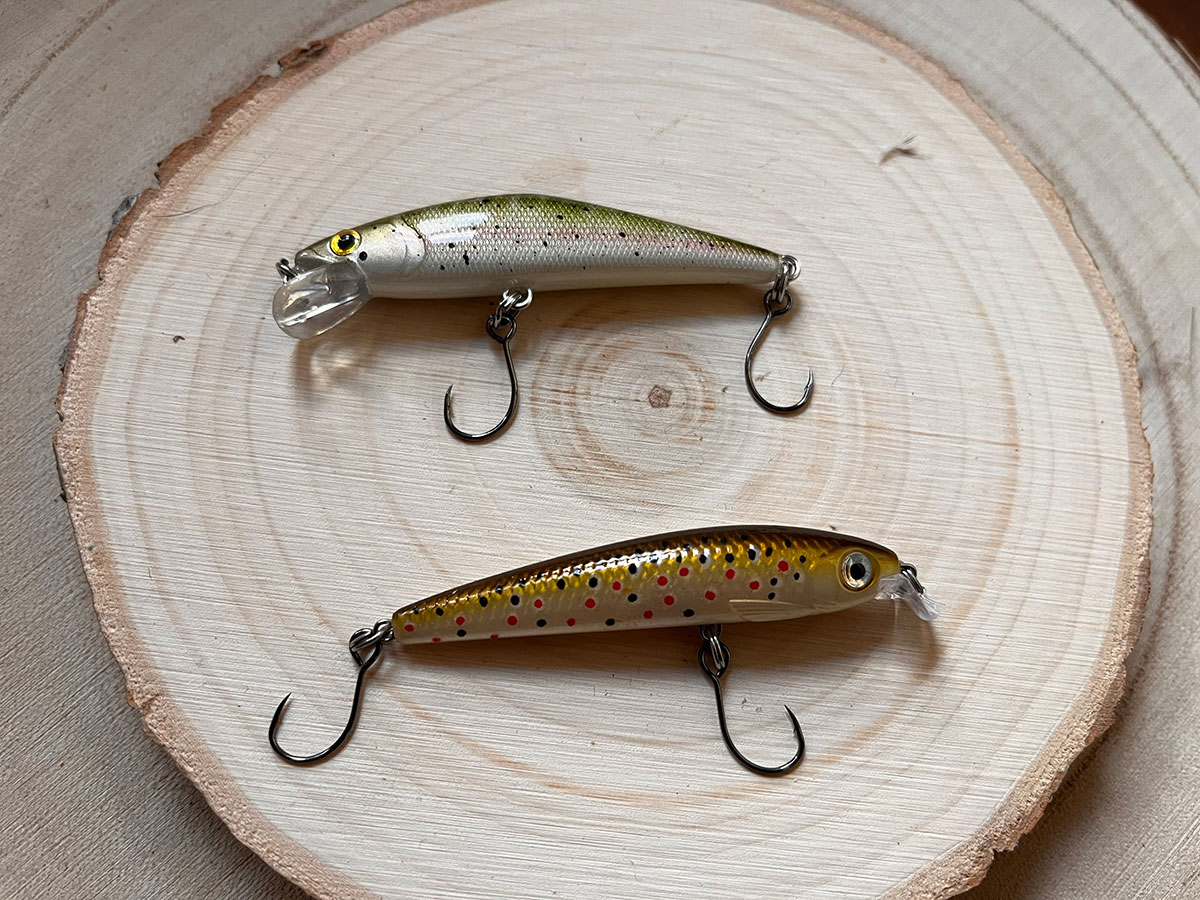
Geared Up To Go
Lure selection this time of year is simple, and there’s no need to get too fancy. Simple 1/8-ounce in-line spinners are a perfect go-to, and if flow rate has increased you can move up to a 1/4-ounce with either silver or gold blades and an undressed treble hook. A spinner that also sports a colored bead is also preferred, even a white bead will make your presentation stand out, even in pressured waters. Many trout anglers also will crimp down the barbs on the treble, just to make an easy release of the hook and will not harm the fish. Keep in mind, much of this fishing is the extended trout season and immediate catch and release is a must to keep legal. Always double check the regulations in the area and water body you are fishing to be certain.
Another very productive bait is a small 2- to 3-inch jerk bait in a brown trout pattern. While it may sound counterintuitive to use a pattern for the same species you are trying to catch, browns are extremely aggressive, competitive and territorial. Even a small brown trout invading its territory will be met with an aggressive strike. Remember food is scarce this time of year, so anything that could steal their meal will become one themselves.
Plastics can also be productive and are a favorite with many anglers, a simple setup with a 3- to 4-inch pink worm under a strike indicator (also called a bobber) for example. Rig the worm “wacky” style and adjust the float so the bait will float a few inches off bottom. Slip bobbers work extremely well for this technique and depth will vary as you work your way through the stream. A small split shot, 6 to 8 inches above the lure just enough to keep the bait at depth is crucial.
Cast your lure 45 degrees upstream so that your presentation appears natural. Pulling a bait upstream or hard across the current will give certainly wave off a wise ol’ brown. When fishing jerk baits you are looking for it to just swim along with the current with occasional erratic action to peak their interest. Pause your retrieve, pop it, slow crank, and pause again. Be sure to float by those ambush areas near banks and eddies.
For spinners use a steadier retrieve, but not too fast. Keep it a bit off bottom and look for the strike. Eric Gusztaw suggests that if you have difficulty seeing the strike on a spinner, use a white blade which will allow you to easily see the change in direction as the fish takes the lure. Spinners have great flash and blade vibration that will draw a strike. It is a reaction bite, and is often hard and quick. Again, getting the bait into view of the fish is the challenge. In the cold clear waters this time of year, you can often see the fish hiding near rocks and stumps just out of the current.
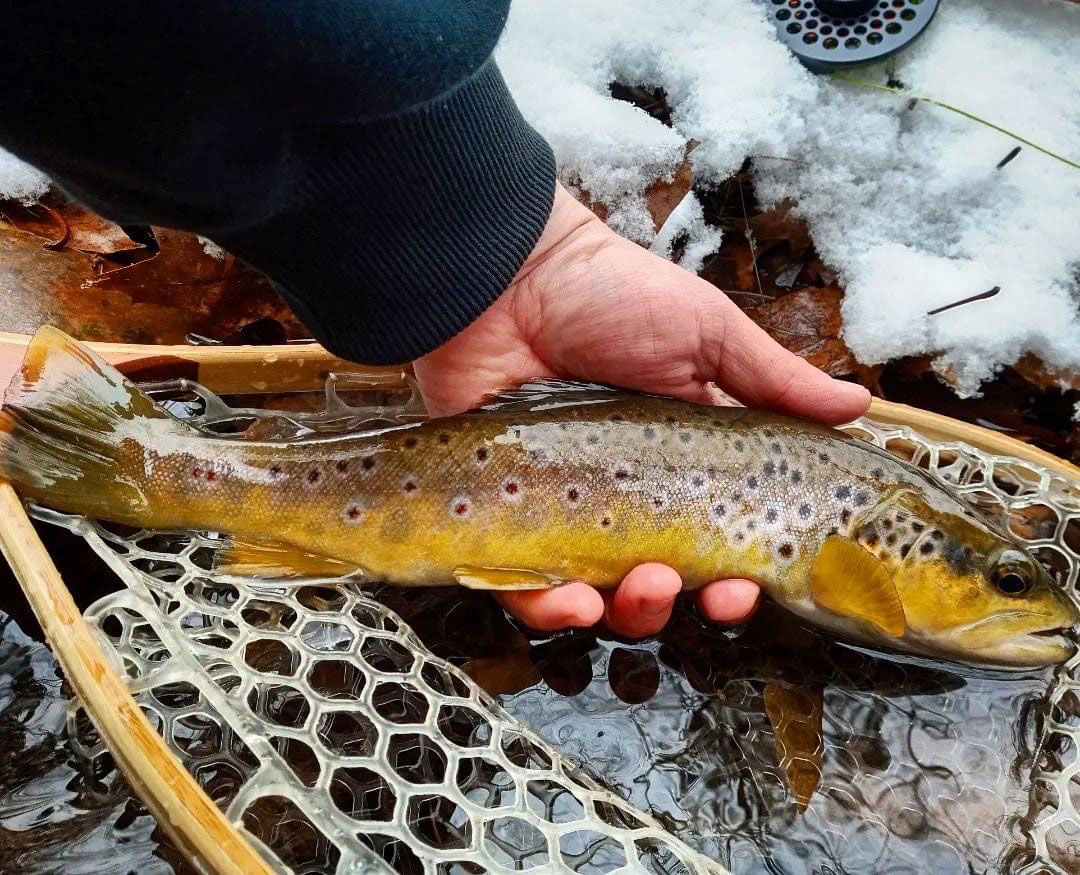
On The Fly & Sly
Fly fishing is not out of the question this time of year. While spinners and jerk baits are a good first choice, Eric suggests using a size 22-24 black midge nymph. Even using a small nymph under a dry fly as a float. But any natural presentation you can offer the trout will be successful.
Always remember that in these clear waters, just as you can see the trout, they can see you! Approach the creek or stream slowly and quietly. Stealth is a valuable tool when stalking trout. Try not to let long shadows fall across the area you believe is holding fish, keep a low profile and avoid very bright colors, camo is your friend!
Since using barbless hooks (or crimped barbs) keep a tight line when hooked up. Once in the landing net, the hook will just fall out almost every time. Handle fish gently, remembering to wet your hands before removing from the net to protect the slime coat. Do not keep fish out of the water too long this time of year. Extreme cold will damage a fish’s eyes and gills. Take a quick picture and gently release back into the waters.
Whether native or stocked, trout is a great fishery here in the tristate region. Browns, rainbows, or brook trout can be found all across our area, and offer anglers a great experience in this cold time of year. As a bonus, some creeks and streams will also hold smallmouth bass; all present a rewarding challenge in the off season.
Go get on ‘em!
Watch George Schauer – aka the Pocono Outdoors Guy – every Thursday in The Fisherman Magazine’s weekly video forecast for the New Jersey, Delaware Bay region available exclusively on YouTube and at TheFisherman.com.
